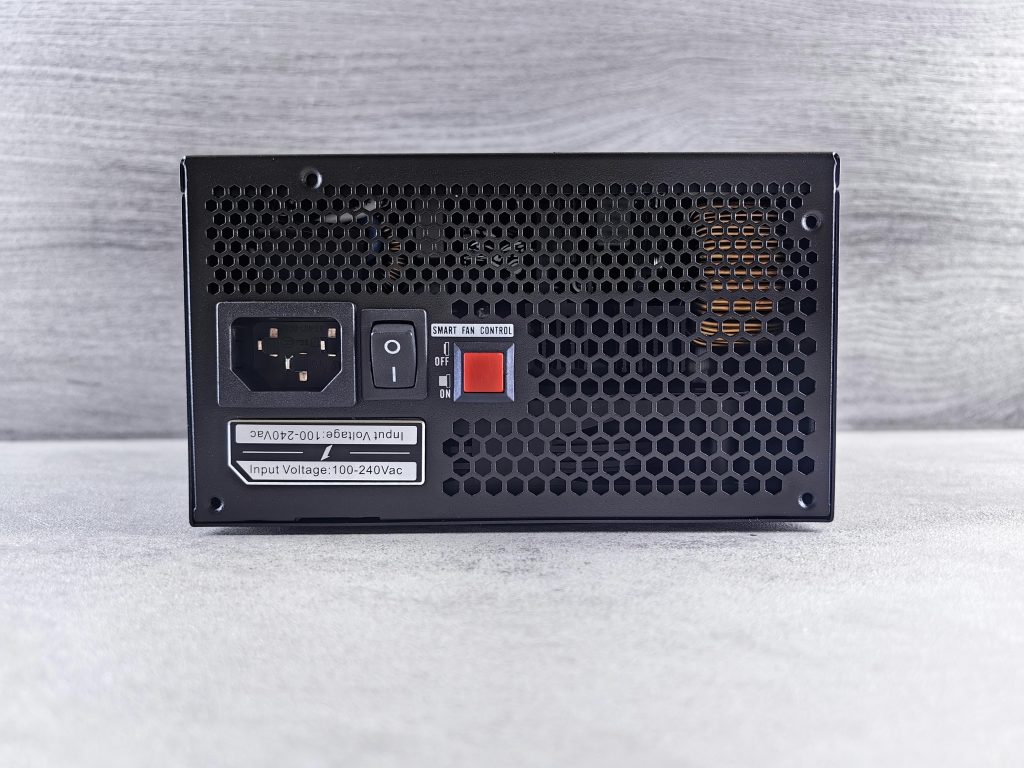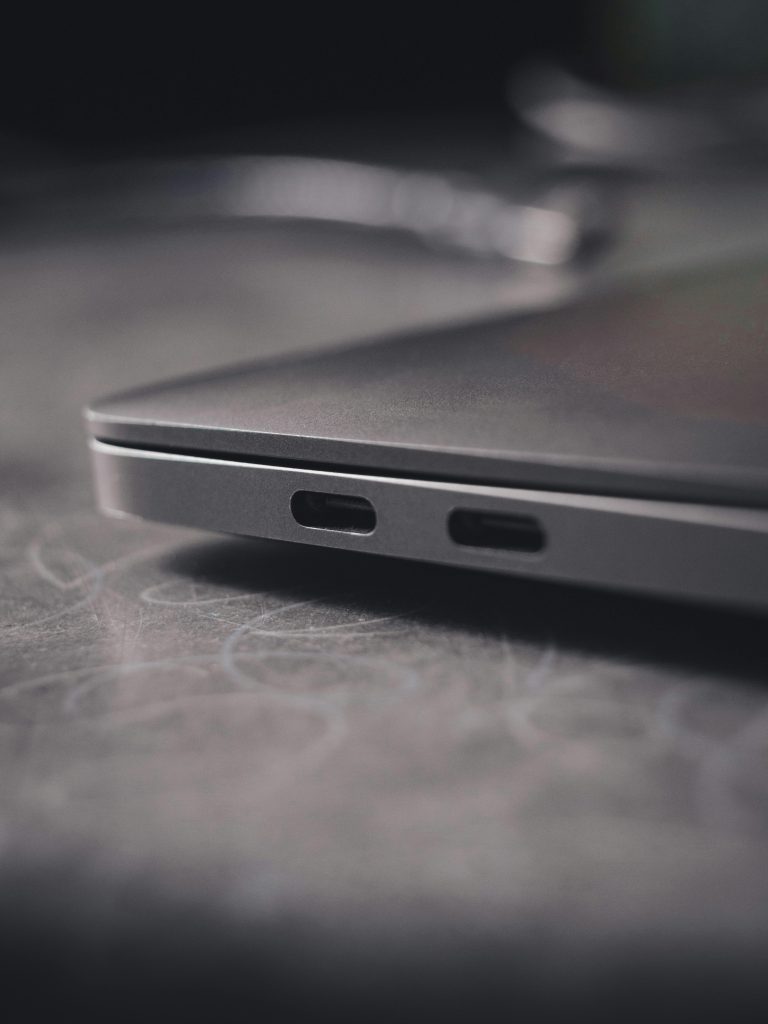Understanding and Troubleshooting Pink Dots and Screen Freezing Issues on Your PC
If you’re experiencing visual artifacts such as pink dots appearing on your screen or partial screen freezes—whether on the top or bottom half of your display—you are not alone. Many PC enthusiasts face similar issues, which can be caused by a variety of hardware or software factors. In this article, we’ll explore potential causes, troubleshooting steps, and solutions tailored to systems with high-performance components like the Radeon RX 7700 XT and AMD Ryzen processors.
System Overview
Before diving into troubleshooting, it’s helpful to understand your system’s specifications:
- Graphics Card: Radeon™ RX 7700 XT
- Processor: AMD Ryzen 5 5600 6-Core
- Memory: 32 GB DDR4 RAM
- Motherboard: ROG STRIX B450-F GAMING
- Monitor: ASUS ROG Swift OLED PG27AQDM
Your Setup suggests a high-performance gaming and multitasking environment, which generally supports smooth operation. However, as with any complex system, hardware anomalies can still occur.
Potential Causes of Pink Dots and Screen Freezing
-
Graphics Card Issues: Overheating, driver problems, or hardware faults can manifest as visual artifacts like pink dots along with screen freezing.
-
Driver Conflicts or Outdated Drivers: Outdated or corrupt graphics drivers are common culprits behind display anomalies.
-
Hardware Stress or Faults: Although stress testing may not show artifacts during gaming, minor hardware issues, especially with GPU or RAM, can cause intermittent visual faults.
-
Display or Cable Problems: Sometimes, faulty HDMI or DisplayPort cables or issues with the monitor itself can produce visual artifacts.
-
Software Conflicts: Background applications or system processes might contribute to unstable graphics rendering.
Troubleshooting Steps
- Update Graphics Drivers
- Visit AMD’s official website and download the latest drivers for the Radeon RX 7700 XT.
-
Use the AMD Radeon Software utility to perform a clean installation, removing previous driver versions.
-
Check for Overheating
- Monitor GPU and CPU temperatures using tools like HWMonitor or MSI Afterburner.
-
Ensure your system has proper airflow, clean dust from fans and heatsinks, and consider reapplying thermal paste if temperatures are unusually high.
-
Inspect Hardware Connections
- Verify that all cables between your monitor and GPU are secure.
- Test with a different DisplayPort or HDMI cable to rule out cable issues.
- If possible, connect
Share this content:

